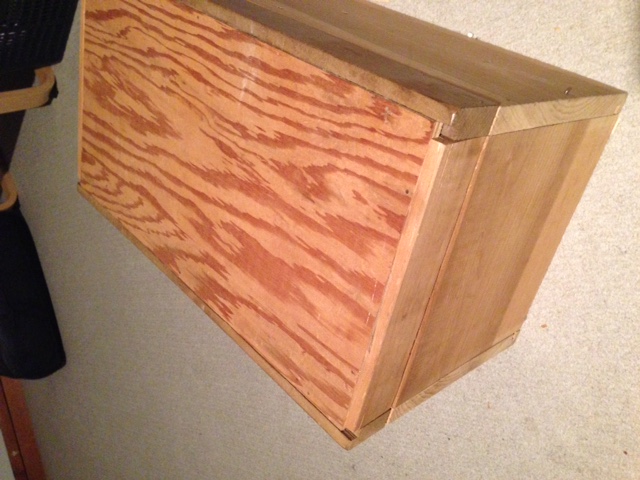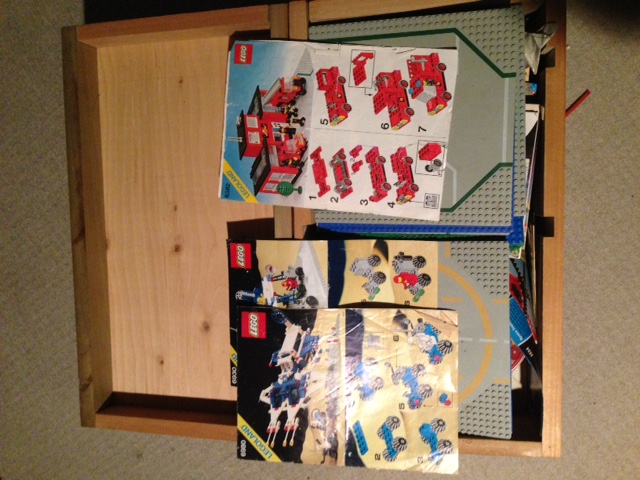Continuing our adversaries series, we’re starting today looking at DS9. I’m curious to know how it will diverge from TNG, and when. Or maybe it won’t. Which will mean there’s something about the Star Trek formula, or perhaps the general television formula[1].
S1:
High: 8
Equal: 2
Low: 9
Self: 0
So, this presents a significant departure from TNG. Even though DS9 is supposed to be grittier and have opportunities amongst the main cast, this is never the main adversary or obstacle in an episode. Also interestingly, the episodes almost exclusively separate into ‘very powerful outside force’ and ‘morality play where we try to solve problems without anyone getting hurt’.
The proportion of lower powered adversaries might be part of showing how powerful the Federation really is, as discussed by Garak and Quark[2] in ‘The Way of the Warrior‘.
You can also see this very clearly in the ‘Federation Maps‘ (direct link here). Just look at the size of the Federation compared to all of the other powers. Even if they’re not especially warlike, as any good Civilization player knows, if you have an economy four times the size of your opponent, they’re not really much of a threat. Add in the Federation-Klingon alliance, and they should be unstoppable. Gives you an idea of how powerful the Dominion and the Jem’Hadar must have been.
Perhaps it’s because the adversaries which are ‘just the right amount of challenge’ for the Federation haven’t really discovered the station yet, perhaps because the seasons-spanning plots haven’t started yet.
But I think a lot of it is the nature of the beast. A ship exploring will encounter all kinds of different adversaries and challenges. They can travel to see the Klingons or Romulans whenever they want. A space station will be visited by small numbers of beings at any time. Some will be spatial anomalies which threaten to destroy the station. Many will be travelers on their own missions, but not significantly powerful in their own right. Rarely, representatives from other governments will visit, even more rarely will they have warlike intentions.
(I’ve copied my rationale below, as the results were o surprising. Please check out Jammer’s Reviews and/or Memory Alpha and tell me how I’m wrong in the comments below!)
2 (celestial temple, convincing by Sisko)
1 (Cardassians)
0 (Bajoran person)
2 (virus)
0 (3 aliens)
“Were we interfering with these people, their philosophy, their society? At the same time, what has happening there wasn’t fair. It was a classic Star Trek story” – Colm Meaney
2 (Q)
0 (courtroom)
1 (contamination from destroying ship)
2 (alien game)
0 (Ferengi)
0 (1 criminal)
2 (immortal self-healing people)
0 (Bajorans)
0 (reluctant evacuee)
2 (spatial anomaly)
2 (entity in the computer)
2 (telepathic matrix)
0 (one Cardassian)
0 (Bajorans)
[1]After DS9, I should do Community!


